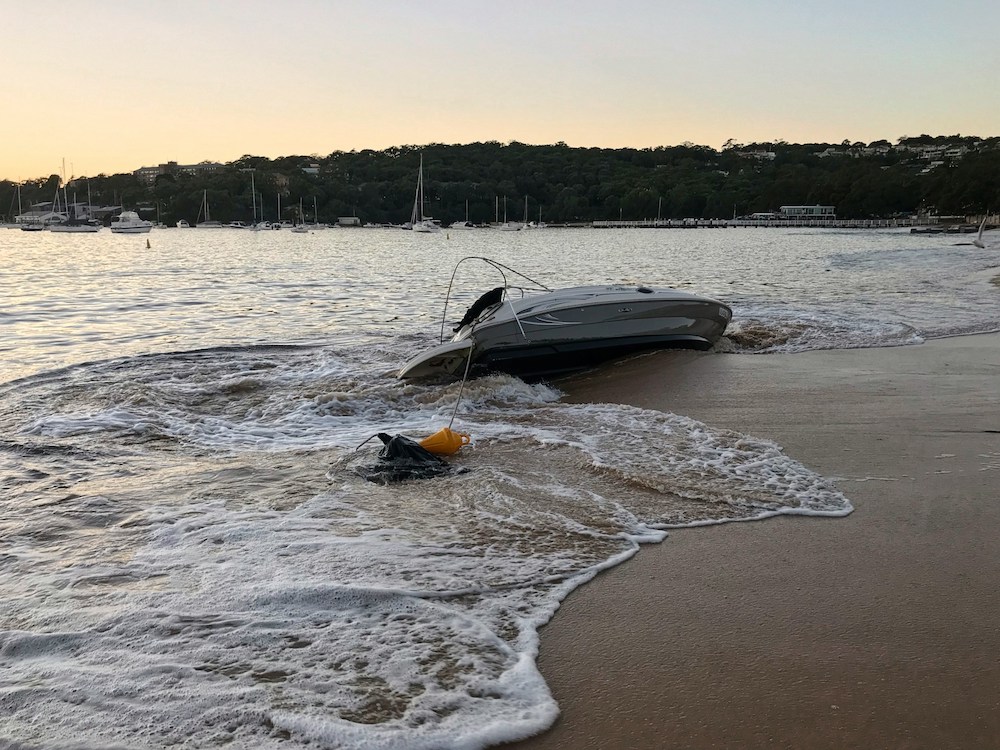What Is Pregnancy Discrimination? Pregnancy discrimination occurs when an employee is treated unfairly in the workplace because of pregnancy, childbirth, or related medical conditions. This type of discrimination is prohibited under federal law, including the Pregnancy Discrimination Act (PDA), and under the Florida Civil Rights Act (FCRA). Employers in Miami are required to treat pregnant […]
What Is Sex Discrimination? Sex discrimination occurs when an employee is treated unfairly in the workplace because of their gender, sexual orientation, gender identity, or gender expression. It can be direct—such as refusing to hire someone because of their gender—or more subtle, like consistently overlooking qualified employees for promotions. In Miami, employees are protected by […]
Understanding Race and Color Discrimination Race and color discrimination occurs when an employer, landlord, or service provider treats someone unfairly based on their race, skin color, or characteristics associated with race. Under both federal and Florida law, this type of discrimination is unlawful and carries serious consequences for violators. Unfortunately, despite legal protections, many people […]
Miami’s sunshine and bike-friendly paths invite cyclists to enjoy the outdoors, but unfortunately, our city also sees a disproportionately high number of bicycle accidents. Miami-Dade County consistently ranks among the highest in Florida for bicycle crashes, with hundreds of injuries and dozens of fatalities reported annually. If you or a loved one has been involved […]
Miami’s vibrant streets and scenic coastal roads make it a popular destination for motorcyclists. However, the unique freedom of riding also comes with increased vulnerability. Motorcycle accidents in Miami-Dade County unfortunately occur at a higher rate than many other counties in Florida, with hundreds of crashes and dozens of fatalities each year. If you’ve been […]
A dog bite can be a traumatic and deeply unsettling experience, leaving victims with not only painful physical wounds but often lasting emotional scars. What many people don’t realize is that Florida law provides strong protections for individuals who have been bitten by a dog. Unlike some other states that operate under a “one-bite rule” […]
The serene calm of Florida’s waters, whether the vast expanse of the ocean or the gentle flow of inland lakes and rivers, often promises relaxation and enjoyment. However, what begins as a leisurely outing can quickly turn into a terrifying ordeal if a boating accident occurs. From collisions and capsizing to fires and mechanical failures, […]
Being involved in a pedestrian accident can be a truly harrowing and life-altering experience. Unlike occupants of vehicles who have the protection of airbags and steel frames, a pedestrian struck by a car, truck, or motorcycle has virtually no defense. The human body, exposed and vulnerable, often sustains severe, life-changing injuries. While the physical wounds […]
A collision with an 18-wheeler, semi-truck, or any large commercial vehicle can be a truly harrowing experience, far more devastating than a typical car accident. The sheer size and weight of these colossal machines mean the injuries and property damage sustained by occupants of smaller vehicles are often catastrophic. If you’ve been involved in such […]
Elder Abuse Is More Common Than You Think No one wants to imagine a loved one being mistreated in a nursing home or assisted living facility. Unfortunately, elder abuse is far more common than most people realize. It can take many forms—physical, emotional, financial, even neglect—and it often goes unnoticed or unreported until it’s too […]











